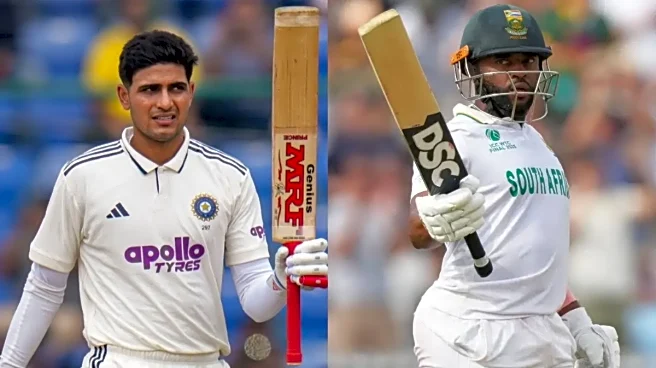Blind women from India and arch-rival Pakistan put aside political tensions on Sunday, November 16, shaking hands in neutral Sri Lanka at a cricket tournament for the visually impaired.
At what organisers
describe as the world’s first blind women’s T20 tournament, players from the two South Asian neighbours demonstrated sportsmanship despite their lack of sight, unlike their regular national teams.
Tensions both on and off the field have been high since a deadly military clash between the nuclear-armed neighbours in May.
India’s men refused to shake hands with their Pakistani opponents at the Asia Cup in September, and neither side has shown signs of reconciliation since then.
This animosity extended to the women’s teams, who declined any greeting at the recent T20 World Cup, and to Sunday’s men’s Rising Stars Asia Cup match in Doha.
India’s blind players were expected to mirror the conduct of their sighted teams when there was no handshake after the toss, but at the end of the match, both sides warmly greeted each other.
The two teams, who travelled to the venue together on the same bus, not only shook hands but also exchanged generous compliments.
India won by eight wickets in just 10.2 overs after Pakistan were restricted to 135 for eight in their 20 overs at the Free Trade Zone grounds in Katunayake, 30 kilometres north of Colombo.
Pakistan skipper Nimra Rafique congratulated India on their comprehensive victory, while her Indian counterpart T.C. Deepika acknowledged Pakistan’s strong performance.
The teams applauded one another, but neither set of cricketers was permitted to talk to the media.
There were hardly any spectators, but the match was shown live on Sri Lanka’s national television, Rupavahini. Blind Sri Lankan officials hosting the tournament “watched” the match on YouTube by listening to the commentary.
Indian team manager Shika Shetty told AFP before the match that the tournament was opening up opportunities for more women.
“This is the first-ever World Cup for blind women… I think this is one of the biggest opportunities for our entire visually impaired girls,” said Shetty, who is not blind.
“Maybe many girls with disabilities will come out of their villages. Maybe they will come for studies, maybe they will come for the sport. So it is helpful for other girls too,” Shetty added.
Blind cricket relies on a sharp ear, as players must detect a white plastic ball—the size of a tennis ball—filled with ball bearings that rattle as it moves.
Pakistan coach Tahir Mehmood Butt, also speaking before the game, said the launch of women’s blind cricket had created new opportunities for young players in Pakistan.
“For the totally blind, if they have good hearing, they can become good cricketers,” Tahir told AFP.
Each team must field at least four completely blind players, three who can see up to two metres, and four partially sighted players able to see up to about six metres.
Totally blind batters may have a partially sighted runner. Bowling is underarm, unlike in the traditional game.
Four other nations, Australia, Nepal, Sri Lanka and the US, are competing in the tournament, which started in India and moved to Sri Lanka for the final stages. The final is scheduled for next Sunday in Colombo.
(With AFP Inputs)












/images/ppid_59c68470-image-176310754437924087.webp)

